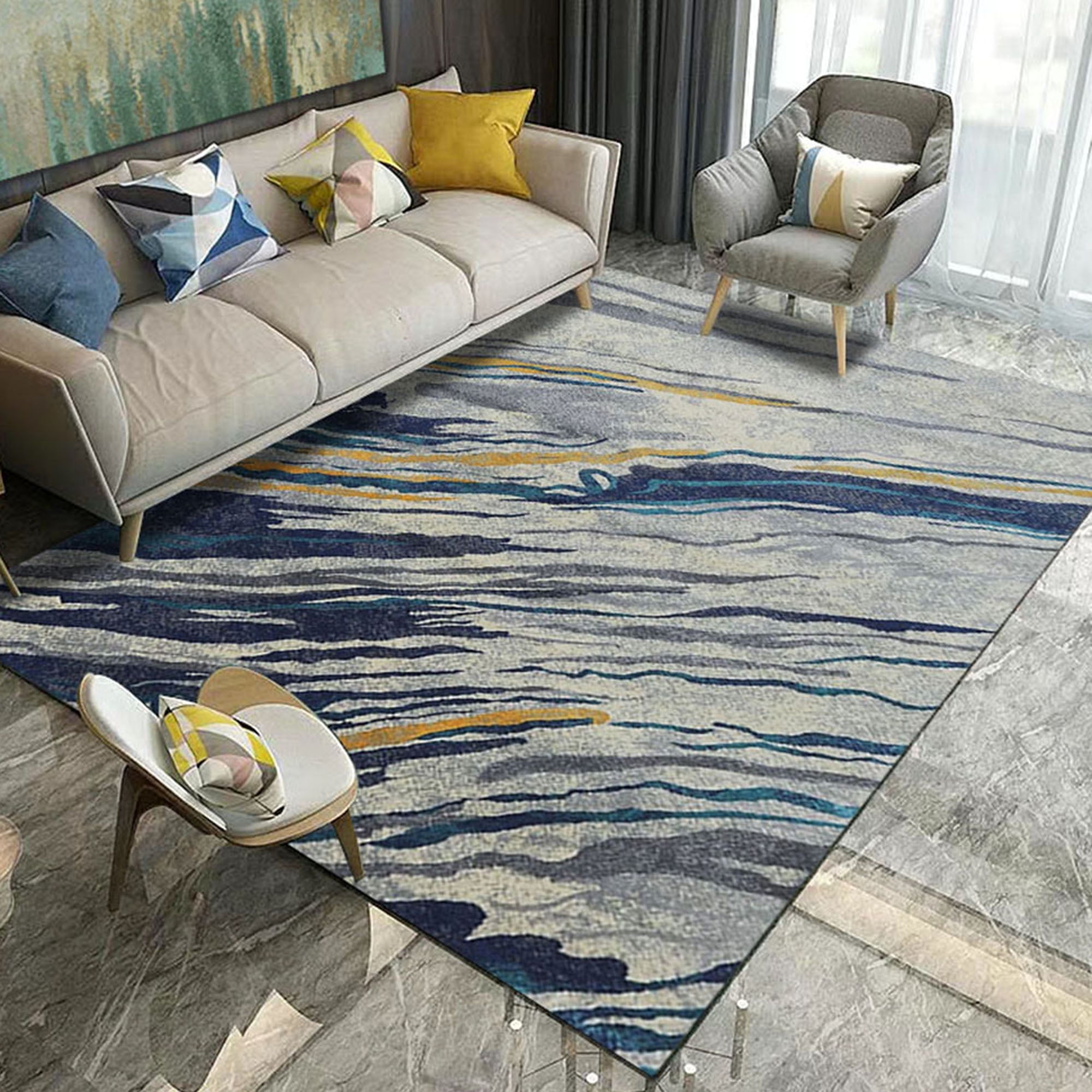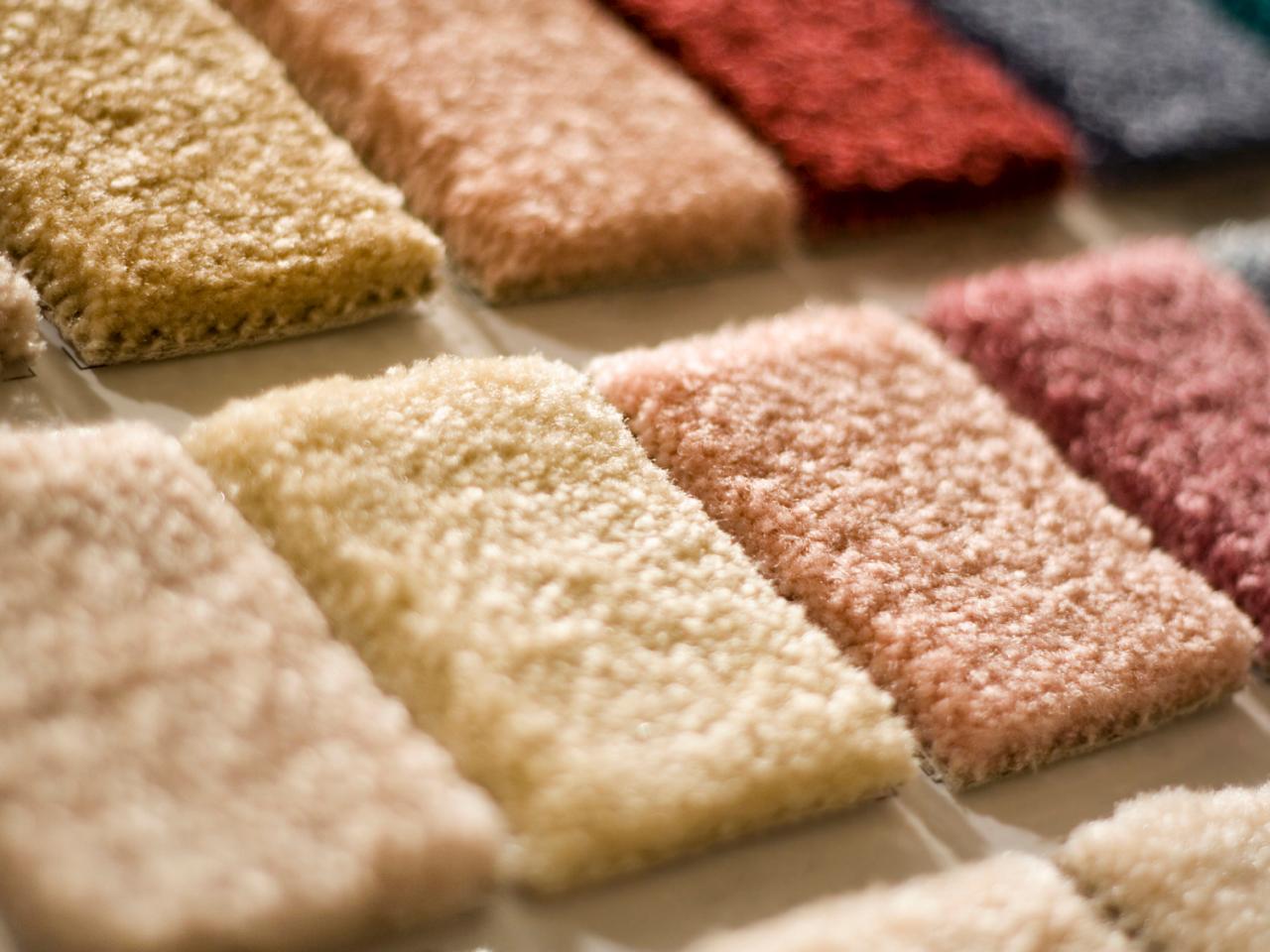How Is Carpet Made - From Fiber To Floor
Ever wondered what goes into making that soft, comfy surface under your feet? It's a pretty interesting process, actually. From tiny strands to big rolls, there's a whole journey that happens before carpet arrives at places like your local home improvement store or a specialist flooring shop. Knowing a bit about how it all comes together can really help when you're thinking about new floor coverings for your own place, whether it's for a living room, a bedroom, or even an outdoor spot.
You see, when you're looking at different options, perhaps for a living room or a kid's room, like those soft, fluffy, shaggy area rugs, or something more hard-wearing for an office, it's pretty cool to think about where it all starts. Every piece, from the really plush kind to the good for pets choices, goes through a series of steps to get its look and feel. This background information, in a way, gives you a better sense of the choices available.
So, whether you're putting in something brand new, maybe some carpet tiles, or even artificial grass for an outside area, the initial making of the material is a big part of what makes it what it is. Learning about these beginnings can, you know, make choosing your next floor covering a little more informed and, frankly, a bit more fun, allowing you to design your room's flooring to your ideal specifications.
Table of Contents
- What Raw Materials are Used to Make Carpet?
- How is Carpet Made- Turning Fibers into Yarn
- How is Carpet Made- The Tufting Process
- How is Carpet Made- Applying the Backing
- How is Carpet Made- Finishing Touches
- From Factory to Your Floor
- Final Thoughts on Carpet Creation
What Raw Materials are Used to Make Carpet?
Before any carpet can be made, you need the right stuff to start with, obviously. The main ingredient, you know, is fiber. These fibers can be natural, like wool, which has a lovely feel, or they can be man-made, which are pretty common these days. Think about nylon, polyester, or polypropylene; these are some of the popular choices for making carpet. Each type of fiber brings its own special qualities to the finished product. Nylon, for example, is really good at standing up to lots of foot traffic, and it holds its color well, too. Polyester, on the other hand, often feels a bit softer and can be made from materials that have been used before, which is a nice touch. Polypropylene, or olefin as it's sometimes called, resists stains pretty well and costs a little less, making it a good choice for some areas that might see spills. So, the kind of fiber picked at this stage really sets the tone for how the carpet will perform later on, giving it its initial feel and strength.
How is Carpet Made- Turning Fibers into Yarn
Once the raw fibers are ready, the next big step in how is carpet made involves turning them into something that looks like yarn. This isn't just a simple twisting, you know. First, the fibers are cleaned thoroughly and then blended together. This blending is important because it makes sure the color and texture are consistent throughout the whole batch, so you don't have patchy spots. After blending, the fibers go through a process called carding. This basically straightens them out and aligns them, getting them ready for the next part. Then, these aligned fibers are drawn out and twisted. This twisting action is what creates the yarn. The amount of twist given to the yarn can actually change how the carpet feels and how long it lasts. A tighter twist often means a more resilient yarn, which, in turn, makes for a tougher carpet. This yarn, you know, is what will eventually become the visible part of your floor covering, so getting it just right here is pretty important for the final look and durability.
How is Carpet Made- The Tufting Process
Now, with the yarn all prepared, the actual creation of the carpet fabric begins, which is a key part of how is carpet made. This is where tufting machines come into play. These machines are quite large, and they have hundreds, sometimes thousands, of needles. These needles work really fast, pushing the yarn through a primary backing material. This primary backing is often a strong, woven fabric, sort of like a sturdy canvas, that holds everything together. It's a bit like a giant sewing machine, really, pushing loops of yarn through the fabric. This process happens continuously, with the machine working its way across the backing material, creating rows and rows of loops. The speed at which this happens is pretty impressive, allowing for a lot of carpet to be made in a relatively short amount of time. This stage, you know, is where the basic structure of the carpet starts to take shape, giving it its initial form.
- Gary Hilton Today
- May 1 Astrology
- Olive Osmond Cause Of Death
- Ncis Origins Return Date
- Parishilton London
- Evelyn Lozada On Basketball Wives
- Instellar 2
- Winnie The Poodle
- Farryn Squishmallow
- Zac Clark Kaitlyn

LELINTA Modern Abstract Vintage Blue Area Rug, Indoor Carpet, Bohemian

Your Guide to the Different Types of Carpet | DIY
/samples-of-color-of-a-carpet-505106106-58758e045f9b584db373c6b4.jpg)
Eco Friendly Carpet Shoo - Carpet Vidalondon